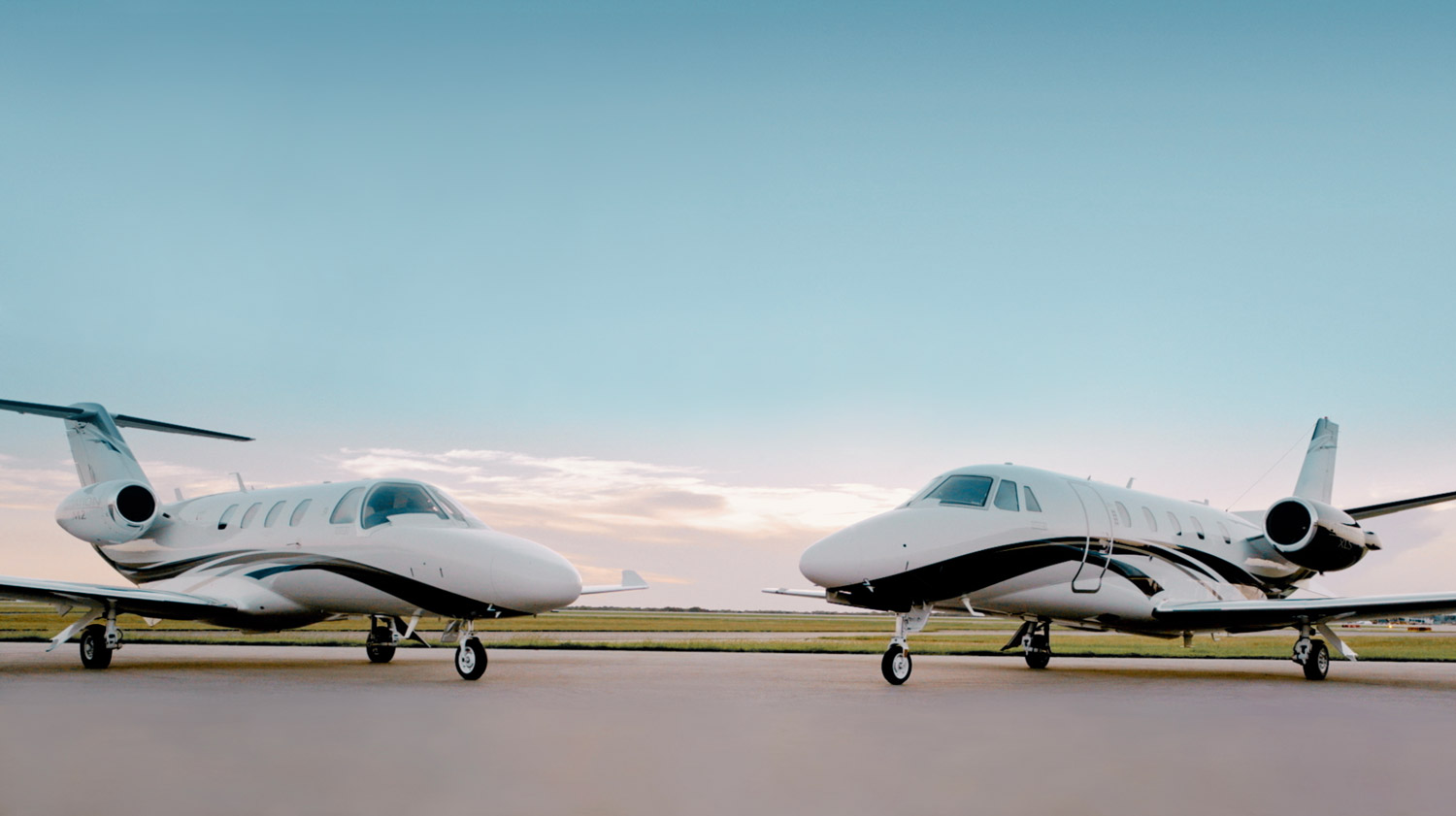Textron Inc. reported fourth quarter 2021 income from continuing operations of $0.93 per share. Adjusted income from continuing operations, a non-GAAP measure that is defined and reconciled to GAAP in an attachment to this release, was $0.94 per share for the fourth quarter of 2021, compared to $1.06 per share in the fourth quarter of 2020.

Full year 2021 income from continuing operations was $3.30 per share. Full year 2021 adjusted income from continuing operations, a non-GAAP measure, was also $3.30 per share, up from $2.07 in 2020.
“2021 was a solid year for Textron with strong order flow and execution at Aviation, continued progress on Future Vertical Lift programs at Bell, strong execution and margin performance at Systems, and higher revenues and operating profit at Industrial,” said Textron Chairman and CEO Scott C. Donnelly.
Cash Flow
Net cash provided by operating activities of continuing operations of the manufacturing group for the full year was $1.5 billion. Manufacturing cash flow before pension contributions, a non-GAAP measure that is defined and reconciled to GAAP in an attachment to this release, totaled $1.1 billion for the full year, up from $596 million in 2020.
In the quarter, Textron returned $335 million to shareholders through share repurchases. Full year 2021 share repurchases totaled $921 million.
Share Repurchase Plan
On January 25, 2022, Textron’s Board of Directors approved a new authorization for the repurchase of up to 25 million shares, under which the company intends to purchase shares to offset the impact of dilution from stock-based compensation and benefit plans and for opportunistic capital management purposes.
Outlook
Textron is forecasting 2022 revenues of approximately $13.3 billion, up from $12.4 billion. Textron expects full-year 2022 earnings per share will be in the range of $3.80 to $4.00.
The company is estimating net cash provided by operating activities of continuing operations of the manufacturing group will be between $1.1 billion and $1.2 billion and manufacturing cash flow before pension contributions, a non-GAAP measure, will be between $700 million and $800 million, with planned pension contributions of about $50 million.
"Our outlook reflects continued momentum in our commercial businesses and ongoing investment in new products to increase long-term shareholder value," Donnelly concludes.
Textron Aviation
Revenues at Textron Aviation of $1.4 billion were down $201 million from the fourth quarter of 2020, largely due to lower aircraft volume, partially offset by higher aftermarket volume.
Textron Aviation delivered 46 jets in the quarter, down from 61 last year, and 43 commercial turboprops, down from 61 last year.
Segment profit was $137 million in the fourth quarter, up $29 million from a year ago, largely due to favorable pricing, net of inflation, of $21 million and improved manufacturing performance.
Textron Aviation backlog at the end of the fourth quarter was $4.1 billion.
Bell
Bell revenues were $858 million, down $13 million from last year, reflecting lower military revenues partially offset by higher commercial revenues.
Bell delivered 59 commercial helicopters in the quarter, up from 57 last year.
Segment profit of $88 million was down $22 million, primarily due to lower military volume and mix.
Bell backlog at the end of the fourth quarter was $3.9 billion.
Textron Systems
Revenues at Textron Systems were $313 million, down $44 million from last year's fourth quarter due to lower volume, which included the impact from the U.S. Army’s withdrawal from Afghanistan on the segment's fee-for-service contracts.
Segment profit of $45 million was down $4 million from a year ago, largely due to the lower volume.
Textron Systems’ backlog at the end of the fourth quarter was $2.1 billion.
Industrial
Industrial revenues were $781 million, down $85 million from last year, reflecting lower volume and mix of $133 million, largely in the Fuel Systems and Functional Components product line reflecting order disruptions related to the global auto OEM supply chain shortages, partially offset by a favorable impact of $50 million from pricing, largely in the Specialized Vehicles product line.
Segment profit of $38 million was down $17 million from the fourth quarter of 2020, primarily due to the lower volume and mix, partially offset by a favorable impact from performance of $15 million.
Finance
Finance segment revenues were $11 million, and profit was $2 million.

